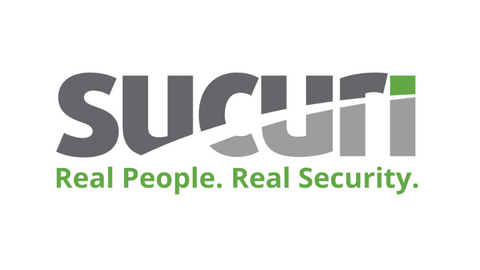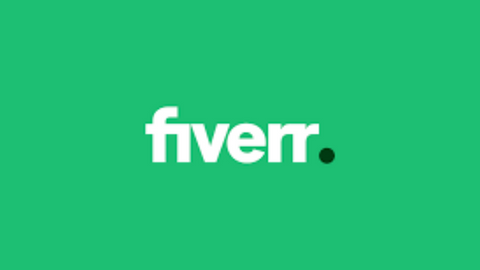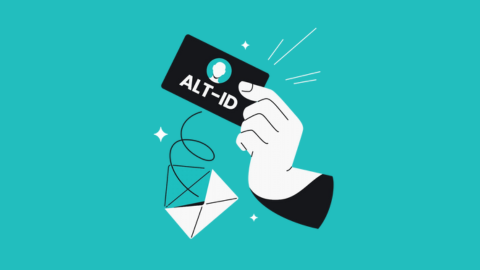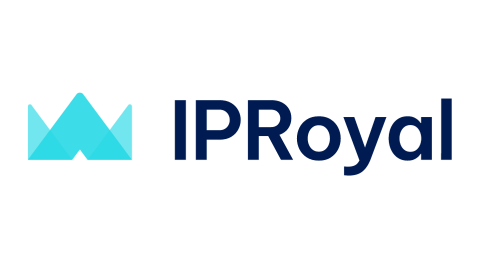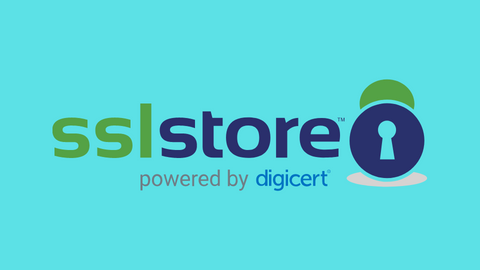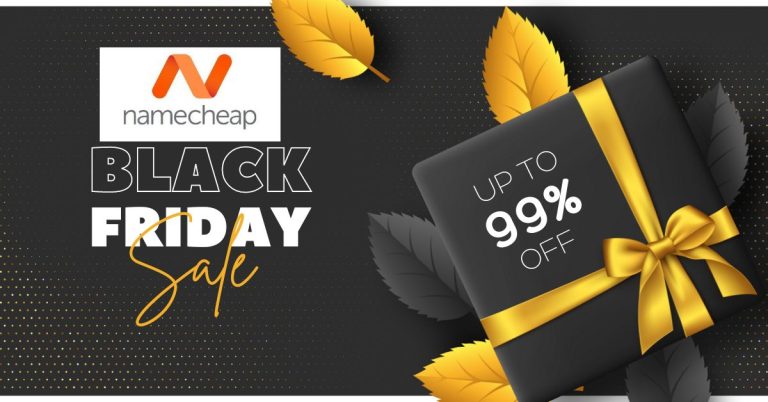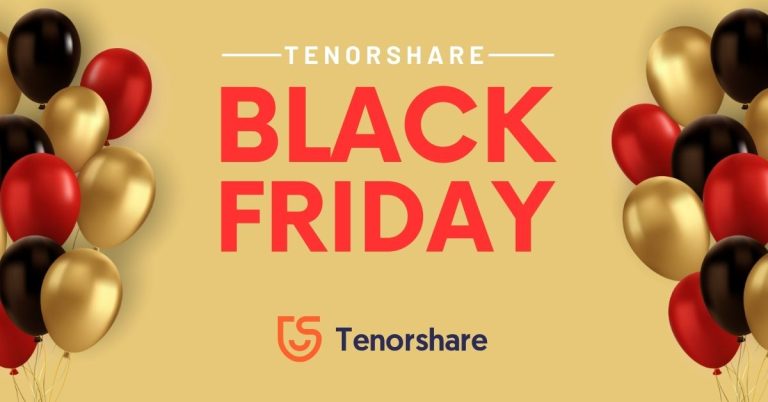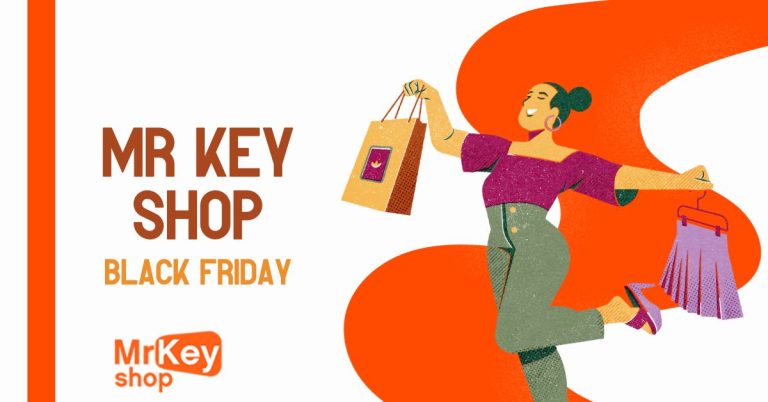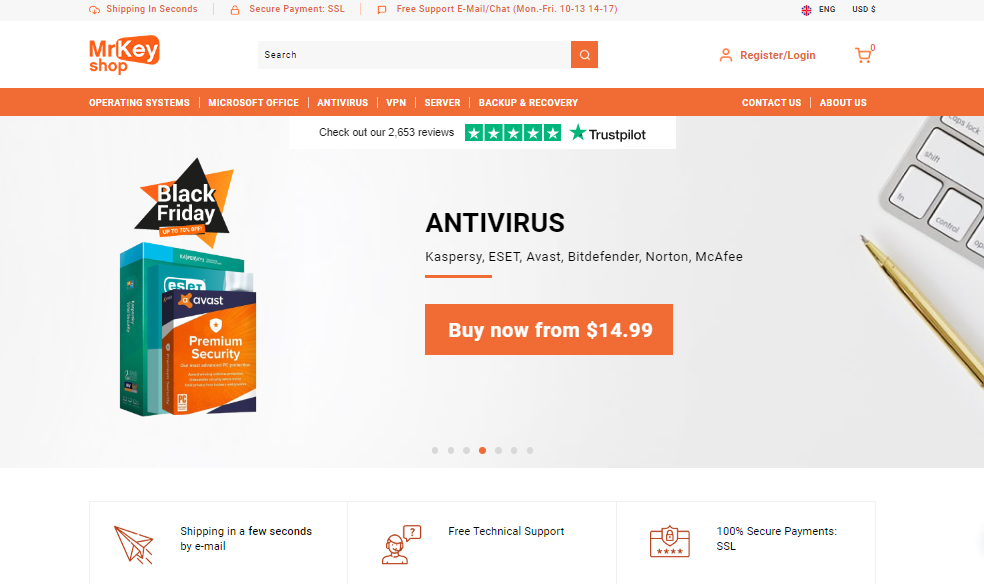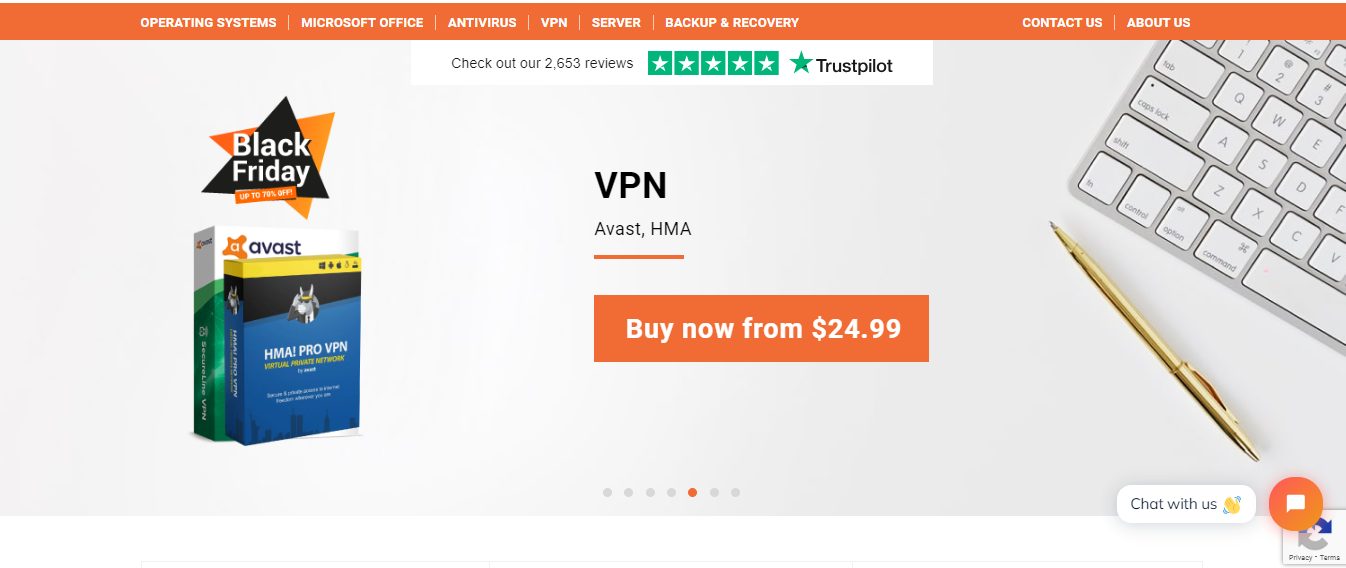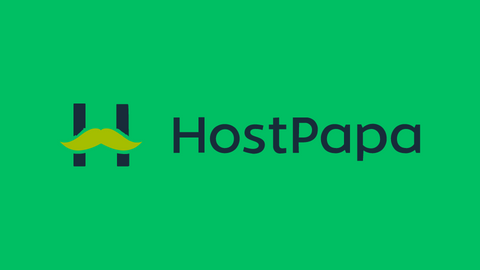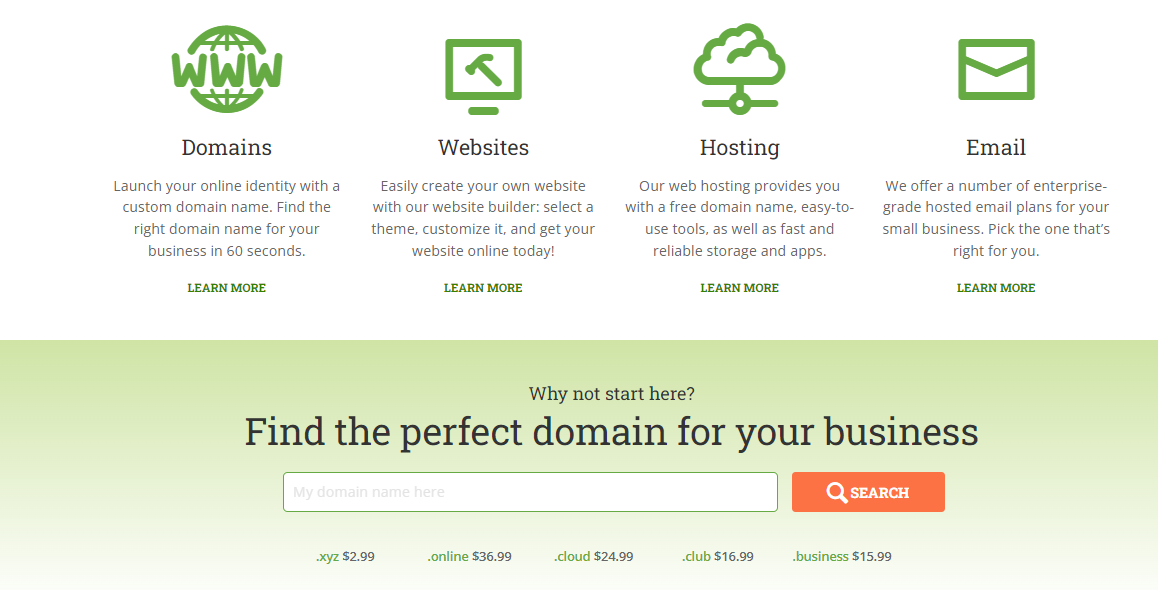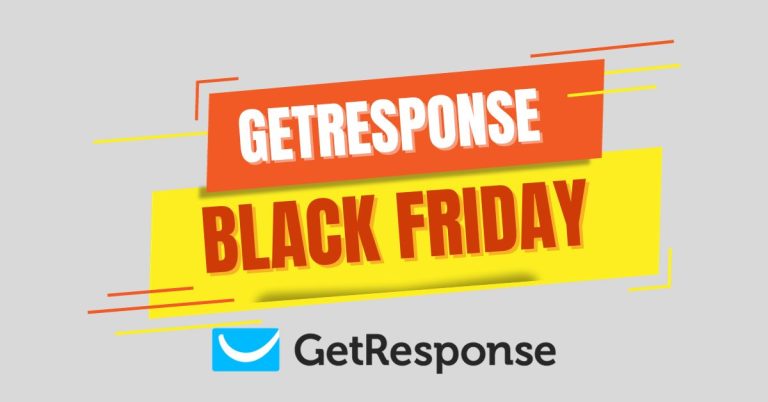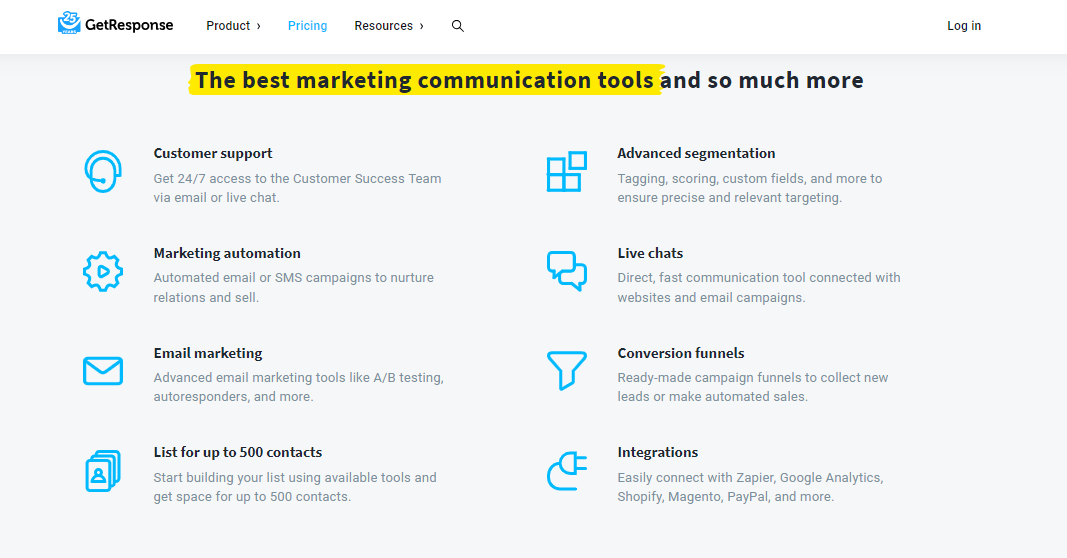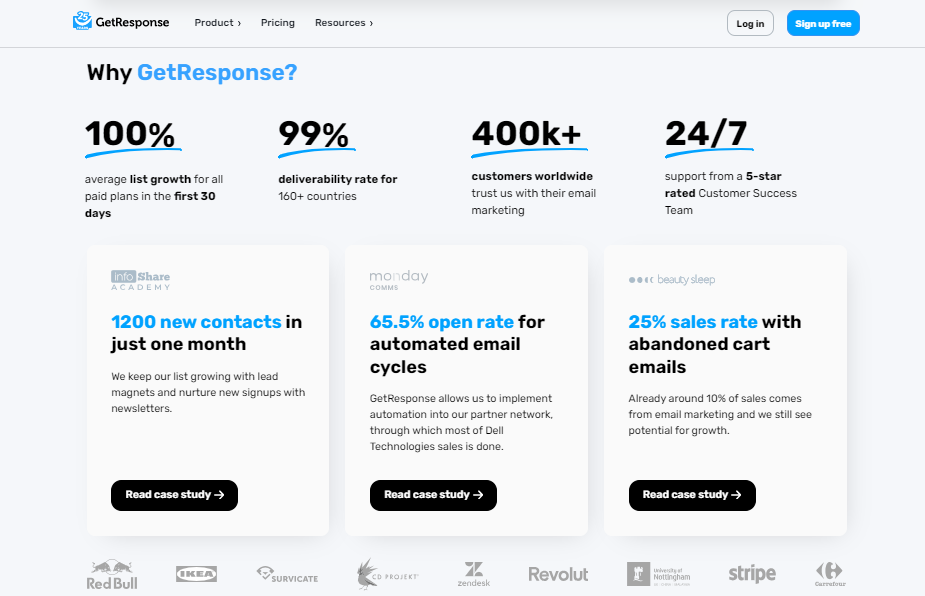In this post, you will learn how to set up your tourist eSIM in minutes.
Staying connected while traveling internationally has become as essential as booking your flights and accommodation. Whether you’re navigating unfamiliar streets using maps, sharing your adventures on social media, or keeping in touch with loved ones back home, reliable internet access can make or break your travel experience. Yet, traditional approaches to mobile connectivity often leave travelers frustrated and out of pocket.
Many travelers arriving in Singapore face common connectivity challenges: excessive roaming charges that can easily reach hundreds of dollars, the hassle of hunting down local SIM card vendors at crowded airports, and uncertainty about whether their device will work with foreign networks. These problems can turn the exciting first hours of your trip into a stressful ordeal.
Fortunately, eSIM technology is revolutionizing how we stay connected abroad. This digital solution eliminates the need for physical SIM cards, allowing travelers to activate mobile plans instantly and switch between networks seamlessly. For those visiting Singapore, setting up a tourist eSIM takes just minutes and ensures you’re connected from the moment you land. In this comprehensive guide, we’ll walk you through everything you need to know about using eSIM technology for your Singapore adventure, from understanding how it works to activating your plan in three simple steps.
Table of Contents
What is an eSIM and How Does it Work?
An eSIM, or embedded SIM, is a digital SIM card built directly into your device’s hardware. Unlike traditional SIM cards, which require inserting a physical chip into your phone, an eSIM is programmable and can be activated remotely. This means you can download a mobile plan over the internet without ever handling a tiny plastic card.
The technology works by storing multiple carrier profiles on a single chip embedded in your device. When you purchase an eSIM plan, you receive a QR code or activation code from your provider. Scanning this code downloads the carrier profile to your device, allowing you to connect to the network immediately. The entire process is software-based, making it incredibly convenient for travelers who need connectivity on demand.
eSIM technology simplifies travel by eliminating several common pain points. You no longer need to worry about finding a SIM card vendor upon arrival, waiting in long queues at airport kiosks, or carrying multiple SIM cards for different countries. Instead, you can purchase and activate your singapore travel esim before your trip even begins, ensuring you have connectivity the moment your plane touches down.
Modern smartphones, tablets, and even smartwatches increasingly support eSIM technology. Devices like the iPhone XS and newer models, Samsung Galaxy S20 and beyond, and Google Pixel 3 and later all come equipped with eSIM capability, making this technology accessible to millions of travelers worldwide.
Why Choose an eSIM for Your Singapore Trip?
Selecting an eSIM for your Singapore adventure offers numerous advantages over traditional connectivity options. The convenience factor alone makes it an attractive choice for modern travelers. With an eSIM, you can activate your mobile plan before departure, meaning you’ll have immediate internet access upon landing. This eliminates the need to search for SIM card vendors at Changi Airport or navigate language barriers when purchasing local SIM cards.
Cost-effectiveness is another compelling reason to choose eSIM technology. Traditional international roaming charges from your home carrier can be exorbitant, often costing several dollars per megabyte of data. In contrast, a singapore tourist esim typically offers affordable data packages specifically designed for short-term visitors. These plans are transparent, with no hidden fees or surprise charges on your mobile bill when you return home.
The flexibility of eSIM plans means you can choose exactly what you need. Whether you’re visiting for a weekend getaway or an extended business trip, you’ll find data packages tailored to various usage levels. Many eSIM providers offer plans ranging from 1GB for light users to unlimited data for those who need constant connectivity.
Device compatibility is another significant advantage. eSIM technology works seamlessly across multiple devices, including smartphones, tablets, and smartwatches. If you’re traveling with several gadgets, you can set up eSIM profiles on each one without needing separate physical SIM cards. This unified approach to connectivity simplifies your travel tech setup considerably.
How to Set Up Your Singapore Tourist eSIM in 3 Easy Steps
Setting up your eSIM for Singapore is remarkably straightforward. The entire process can be completed in minutes, even if you’re not particularly tech-savvy.
Step 1: Choose Your eSIM Provider
Start by selecting a reputable eSIM provider that offers coverage in Singapore. Research different providers to compare their data plans, pricing, and customer reviews. Look for companies that offer 24/7 customer support, transparent pricing, and easy installation processes. Consider factors like data allowances, plan validity periods, and whether the plan includes voice calls and SMS capabilities in addition to data.
When comparing providers, pay attention to network partnerships. The best eSIM services connect to multiple local carriers in Singapore, ensuring you get optimal coverage throughout the city-state. Check whether the provider offers instant delivery of activation codes via email, as this allows you to set up your eSIM before departure.
Step 2: Install the eSIM Profile on Your Device
Once you’ve purchased your plan, you’ll receive a QR code or manual activation code via email. Installing the eSIM profile varies slightly depending on your device, but the process is generally simple.
For iPhone users, navigate to Settings > Cellular > Add Cellular Plan, then scan the QR code provided by your eSIM service. Your iPhone will automatically download and install the carrier profile. You can label this plan as “Singapore Travel” to distinguish it from your primary SIM.
Android users should go to Settings > Network & Internet > Mobile Network > Advanced > Carrier, then tap “Add Carrier” and scan the QR code. Some Android devices may have slightly different menu structures, but the process follows similar steps.
If you encounter issues scanning the QR code, most providers offer manual entry options where you can input the activation details directly. Keep your activation email accessible during installation in case you need to reference specific settings.
Step 3: Activate the eSIM and Enjoy Instant Connectivity
After installing the eSIM profile, you’ll need to activate it when you’re ready to use it. Many travelers install their eSIM before departure but wait to activate it until they arrive in Singapore to maximize their plan’s validity period.
To activate, simply enable the eSIM line in your device settings and switch on data roaming specifically for that line. Within seconds, your device should connect to a local Singapore network. You’ll see the carrier name appear in your status bar, confirming successful activation.
Once activated, you can immediately use mobile data for navigation, communication, and browsing. Your eSIM works just like a traditional SIM card, providing access to 4G or 5G networks depending on your plan and device capabilities.
Overcoming Connectivity Challenges While Traveling in Singapore
Even in a technologically advanced city like Singapore, travelers occasionally face connectivity issues. Understanding these challenges and how eSIM technology addresses them can help you stay connected throughout your trip.
Issue 1: Connectivity in Different Areas
While Singapore’s mobile network coverage is excellent in urban areas, some travelers worry about connectivity when visiting attractions like nature reserves or coastal areas. Quality eSIM services address this concern by automatically connecting to multiple local carriers, ensuring you maintain signal strength wherever you go. If one network experiences weak coverage in a specific area, your eSIM can seamlessly switch to a stronger alternative network.
Issue 2: Expensive Roaming Charges
One of the most significant pain points for international travelers is the shock of receiving their mobile bill after a trip abroad. Traditional roaming charges can easily reach hundreds of dollars for just a few days of modest data usage. eSIM plans eliminate this concern by offering predictable, prepaid pricing. You know exactly what you’re paying upfront, with no possibility of unexpected charges. For example, a week-long eSIM data plan in Singapore might cost $15-30, compared to hundreds of dollars in roaming fees from your home carrier.
Issue 3: Finding Compatible SIM Cards
Travelers using older phones or devices from certain carriers sometimes struggle to find compatible SIM cards when traveling internationally. Different countries use various frequencies and technologies, and not all devices support every network standard. eSIM technology simplifies this issue by working with most modern devices and automatically configuring network settings for optimal compatibility. The software-based nature of eSIMs means they can adapt to local network requirements without physical hardware changes.
The Benefits of Using eSIM Over Traditional SIM Cards for International Travel
The advantages of eSIM technology extend beyond simple convenience, offering practical benefits that enhance your entire travel experience.
No Need for Physical SIM Cards
Managing physical SIM cards while traveling can be surprisingly problematic. The tiny cards are easy to lose, and swapping them requires careful handling to avoid damaging your device’s SIM tray. If you travel frequently, you might accumulate a collection of SIM cards from different countries, creating confusion about which card to use for which destination. Additionally, removing your home SIM card means you might miss important calls or messages while abroad. With eSIM technology, you can maintain your primary number while using a secondary eSIM for data, ensuring you never lose connectivity to your home network.
Quick and Easy Activation
Traditional SIM card purchases often involve visiting a mobile phone store, providing identification documents, waiting for activation, and manually configuring network settings. This process can consume precious time during your first hours in a new destination. eSIM activation, by contrast, takes mere minutes and can be completed from anywhere with an internet connection. This speed and simplicity mean you can focus on enjoying your trip rather than sorting out connectivity logistics.
Flexibility for Multi-Country Travel
If your Singapore visit is part of a larger Asian itinerary, eSIM technology offers unmatched flexibility. Many eSIM providers offer regional plans that cover multiple countries, allowing you to travel from Singapore to Malaysia, Thailand, or other nearby destinations without purchasing new SIM cards at each border. This seamless connectivity across countries is particularly valuable for cruise passengers or travelers on multi-city tours. Some travelers also use an esim for uk and europe when continuing their journey to Western destinations, demonstrating the global versatility of this technology.
Expert Insights on Travel Tech: Why eSIM is the Future of Connectivity
The travel technology landscape is evolving rapidly, and eSIM adoption represents a significant shift in how we approach mobile connectivity. Industry experts predict that eSIM technology will become the standard for international travel within the next few years, eventually replacing physical SIM cards entirely.
From a technical perspective, eSIM technology offers advantages beyond convenience. The environmental impact of producing, shipping, and disposing of millions of plastic SIM cards annually is considerable. By eliminating physical cards, eSIM technology contributes to more sustainable travel practices. Additionally, the security benefits of eSIM technology are significant, as digital profiles are harder to steal or clone compared to physical SIM cards.
For digital nomads and remote workers, eSIM technology has become an essential tool. The ability to maintain connectivity across multiple countries without managing numerous physical SIM cards simplifies the logistical challenges of location-independent work. Business travelers benefit from the professional image maintained by keeping their primary phone number active while using eSIM data plans for cost-effective connectivity abroad.
The global telecommunications industry is increasingly supporting eSIM technology, with major carriers worldwide now offering eSIM plans. This widespread adoption ensures that the technology will continue to improve, with more competitive pricing, better coverage, and enhanced features becoming available to travelers.
Frequently Asked Questions
How do I know if my phone is eSIM compatible?
Most smartphones released after 2018 support eSIM technology. To check your iPhone, go to Settings > General > About and look for a “Digital SIM” or “Available SIM” entry. Android users can check their device specifications online or contact their manufacturer. Generally, iPhone XS and newer, Samsung Galaxy S20 and newer, and Google Pixel 3 and newer all support eSIM.
Can I use my eSIM for calls and texts in Singapore?
This depends on your specific eSIM plan. Most tourist eSIM plans focus primarily on data connectivity, though some include local calling and SMS capabilities. Check your plan details before purchase if voice services are important to you. Alternatively, you can use internet-based calling apps like WhatsApp or Skype for voice communication while using your eSIM for data.
What happens if I lose my eSIM?
Since eSIM profiles are digital, you cannot physically lose them like traditional SIM cards. If you experience issues with your eSIM, contact your provider’s customer support. They can typically reissue your eSIM profile or help troubleshoot activation problems. Most reputable providers offer 24/7 support to assist travelers with any connectivity issues.
Conclusion
Modern travel demands modern solutions, and eSIM technology represents a significant leap forward in addressing travelers’ connectivity needs. For visitors to Singapore, the benefits are clear: instant activation, cost-effective pricing, and hassle-free setup that takes just minutes. By eliminating the frustrations associated with traditional SIM cards—from expensive roaming charges to hunting for SIM vendors at airports—eSIM technology allows you to focus on what matters most: enjoying your Singapore adventure.
Whether you’re visiting for business or pleasure, setting up your tourist eSIM before departure ensures you’ll have reliable connectivity from the moment you arrive. With Singapore’s excellent mobile infrastructure and the convenience of eSIM technology, staying connected has never been easier.
Ready to simplify your Singapore travel experience? Consider setting up your eSIM before your next trip and discover the freedom of instant, affordable connectivity. With just a few taps on your smartphone, you’ll be ready to navigate Singapore’s vibrant streets, share your experiences in real-time, and stay connected with ease throughout your entire journey.
INTERESTING POSTS
- Are Short-Term Instant Loans in Singapore Suitable for Travel or Medical Expenses?
- Stay Connected and Safe Abroad: Saily eSIM + NordVPN Limited-Time Offer
- How to Ensure Security and Safety when Traveling for Business
- Save 15% on Your First aloSIM Purchase with SECUREBLITZ
- Why Do You Need A VPN When Traveling?


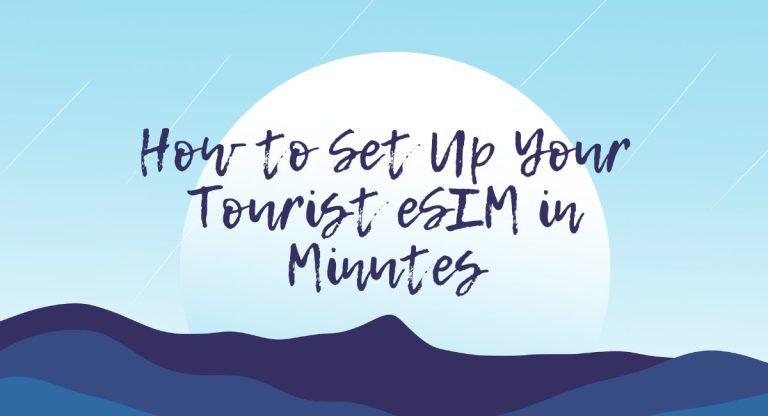
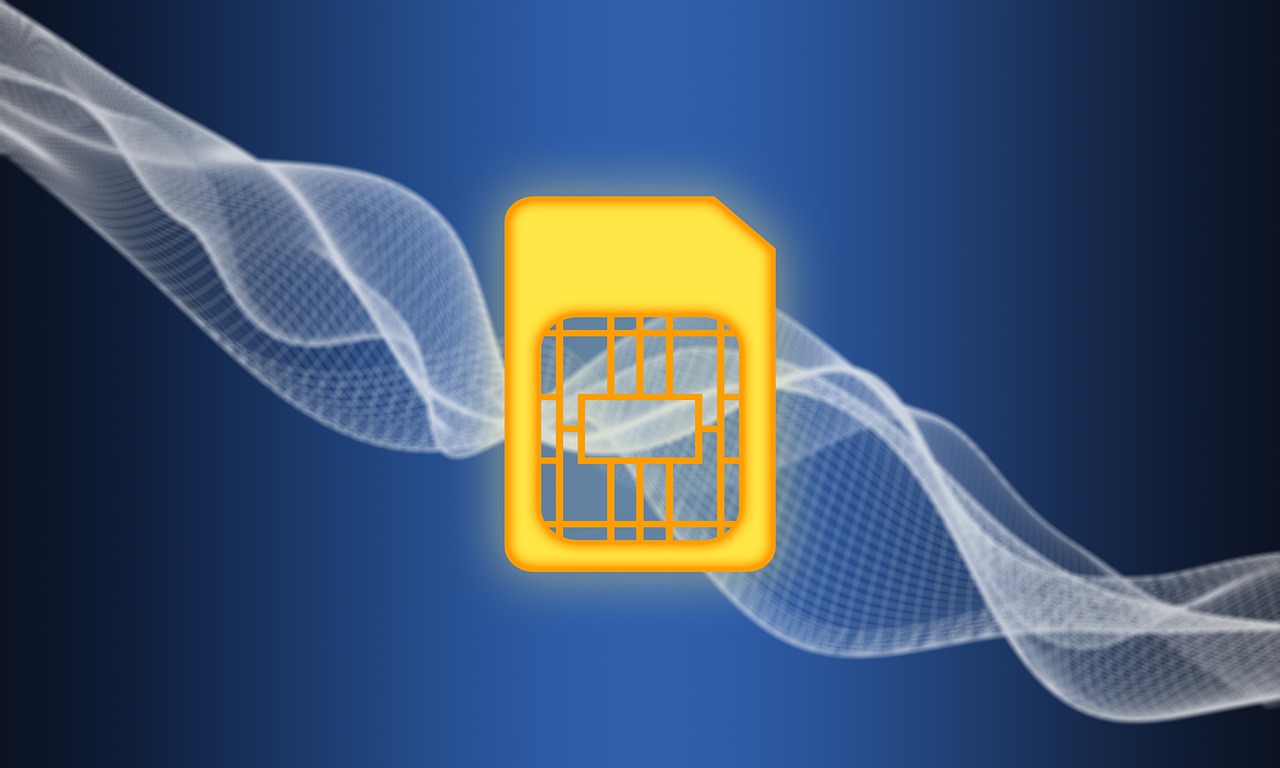



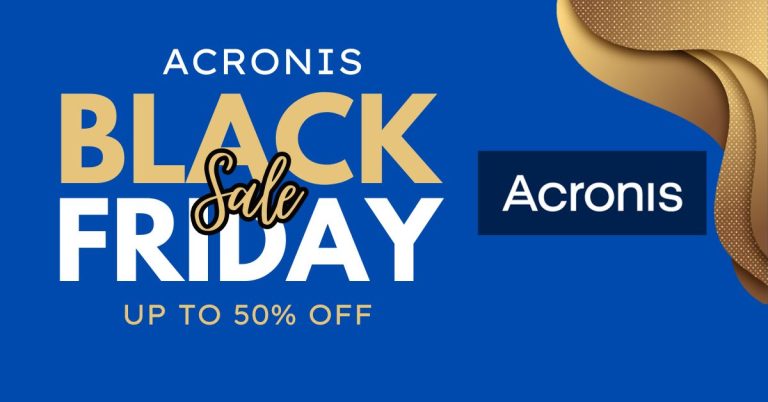
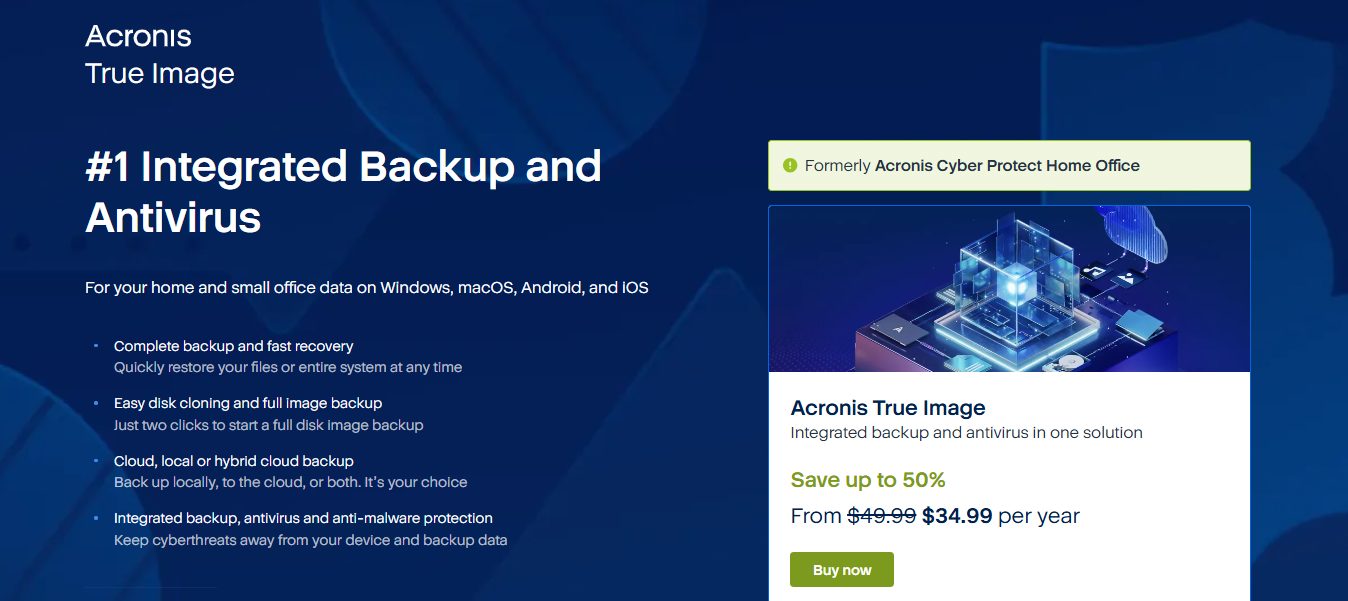
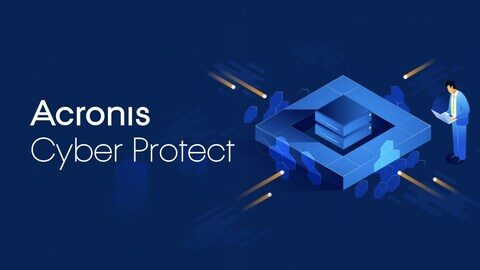

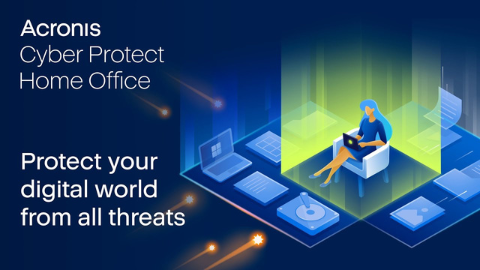


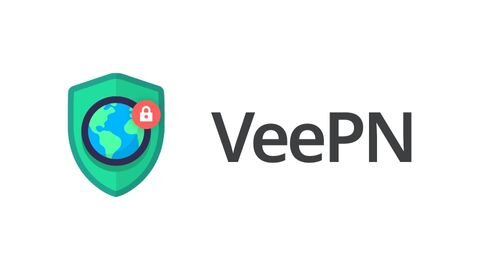
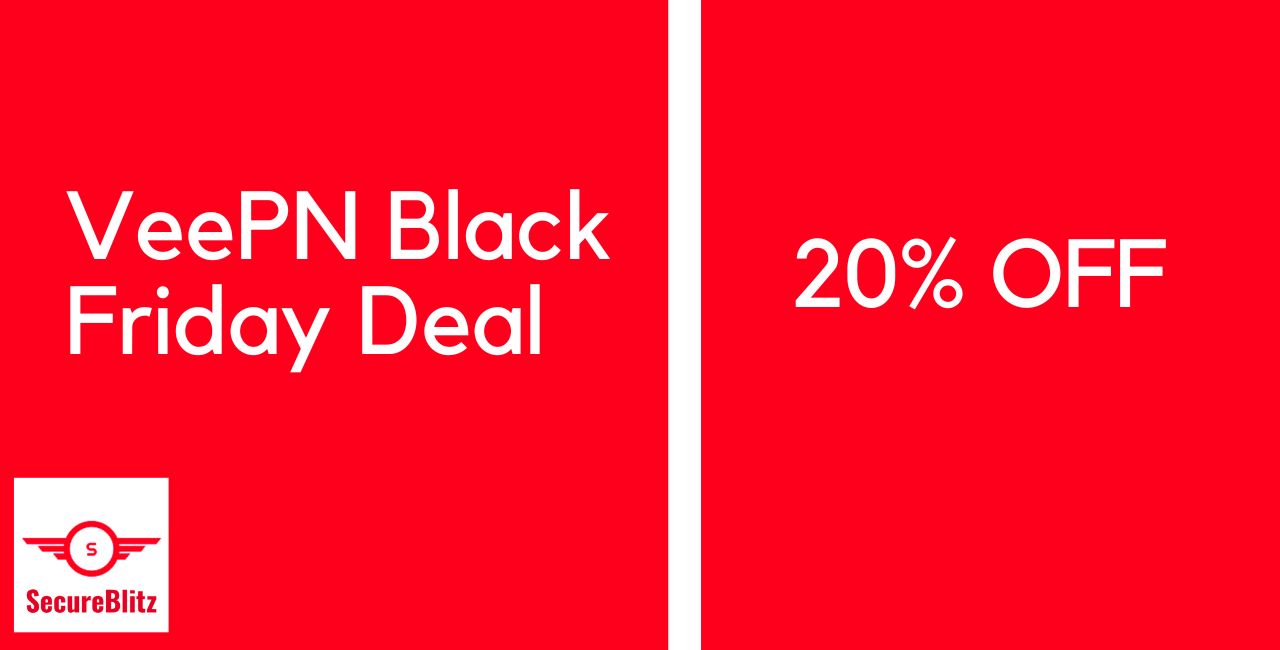


![Hot Black Friday Deals 2025 [Exciting Offers] Hot Black Friday Deals 2025 [Exciting Offers]](https://secureblitz.com/wp-content/uploads/2023/11/Hot-Black-Friday-Deals-2023-Exciting-Offers-768x402.jpg)

